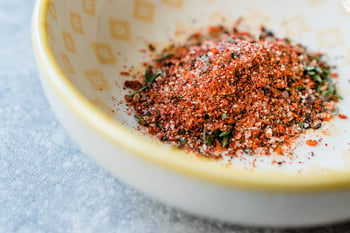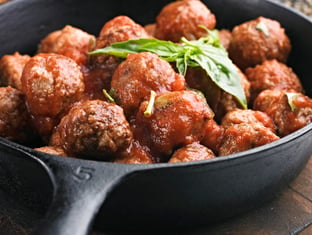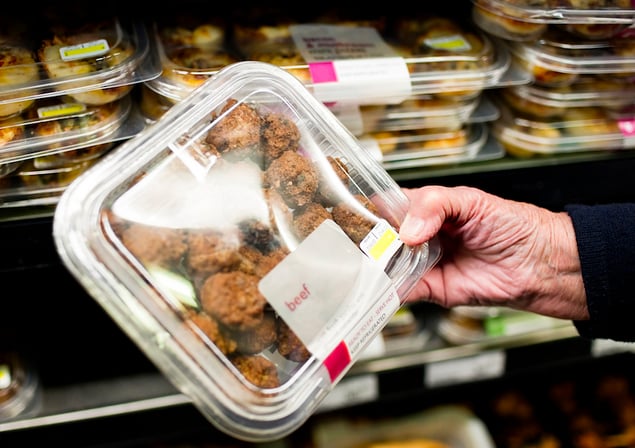
A stroll through grocery store aisles and one glance at the receipt at checkout quickly tell the tale of escalating food prices. Which ingredient has seen the steepest price increase? Meat.
Prices for beef, veal, pork, poultry and other meat products increased by double digits — by as much as 20% compared to a year ago — and are expected to increase another 7-8% by the end of 2022.
Despite sticker shock, sales of meat products remain strong. That’s because nine in 10 U.S. consumers are meat eaters. Many consider meat alternatives but aren’t falling in love with them. In fact, Americans love their burgers, bratwurst and other processed meats so much that they spend $27 billion on such products annually. While the U.S. leads the pack, meat consumption is steadily climbing globally.
Consumers aren’t the only ones feeling the pinch of rising prices. Food producers are all too familiar with ingredient price volatility. To combat rising prices, many are looking for ways to broaden consumer appeal and increase yield in meat applications, all without compromising flavor, quality or clean labels.
The Key to Increasing Yield in Meat Products
Grinding, freezing, thawing and other processing methods that are used to turn raw meat into consumer products can reduce moisture and yield. Cooking results in the highest reduction, shrinking yields by as much as 30%.
Reducing fat purge and moisture loss at each stage of a food product’s lifecycle is the key to maintaining the highest possible yield. Notably, a meat product’s fat content is directly linked to its flavor and umami — the juicier the burger, the better it will be.
Some fillers and binders used to combat syneresis are not acceptable to clean label consumers. Likewise, the use of some meat extenders and fillers used to increase volume may result in less than desirable texture and flavor.
The number of ingredients on a label is one of the first things a consumer looks at when choosing products. They also want to be able to pronounce and recognize the ingredients they find. According to Datassential, the top drivers that determine quality for consumers include no artificial ingredients or flavors and no preservatives. For restaurateurs and operators, they value consistent product, price and flavor about equally.
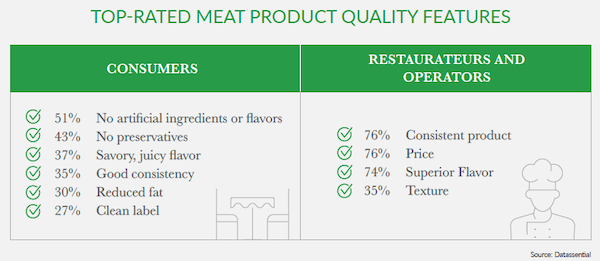 Finding a single ingredient that can deliver on all accounts while also increasing yield is a big ask. However, a recent innovation in the processed meat industry is helping food manufacturers stretch their applications further.
Finding a single ingredient that can deliver on all accounts while also increasing yield is a big ask. However, a recent innovation in the processed meat industry is helping food manufacturers stretch their applications further.
Ingredient Innovation Increases Yields by up to 5%, Naturally
Grande Festo™ is a functional whey protein made from natural dairy products and is a recognized and accepted ingredient by consumers. It is not classified as a binder or filler for meat labeling and it can increase saleable volume by as much as 5%.
How?
Food scientists know that a key to binding moisture in meat applications is maintaining elevated pH levels. Livestock, for example, has a pH around 7, but after slaughter it drops to a little more than 5 pH. Raising the pH level to at least 6 is critical if you want to retain moisture levels. Every ingredient that is added to a formulation needs to be scrutinized for its pH level, even down to the water which may need to be filtered.
Grande Festo’s pH levels range from 6.4–6.8, allowing formulators to naturally increase a formulation’s pH level and thus reduce fat and moisture loss. Its clean flavor profile and milk mineral content also helps ensure that a meat’s natural umami flavor shines through. Add in its price stability and steady supply chain availability, and it becomes a strong alternative to less desirable yield-enhancing ingredients.
Of course, no matter how well an ingredient improves yield, it won’t matter if consumers reject it based on poor flavor or quality. An independent trained panel scored meat products containing Grande Festo much higher than the control for texture and overall taste.
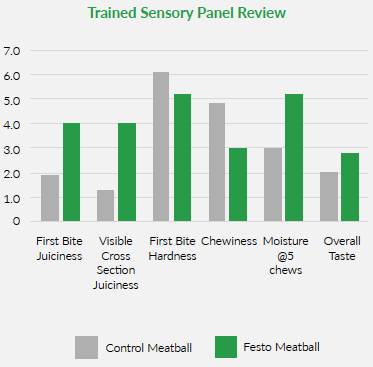 Clean labels and increased yield can go hand-in-hand with Grande Festo. Learn more about this innovative ingredient by reviewing our Guide to Better Processed Meats below, and request a sample. Contact our team to talk through your formulation challenges and how Grande Festo can be incorporated into your existing production system.
Clean labels and increased yield can go hand-in-hand with Grande Festo. Learn more about this innovative ingredient by reviewing our Guide to Better Processed Meats below, and request a sample. Contact our team to talk through your formulation challenges and how Grande Festo can be incorporated into your existing production system.


